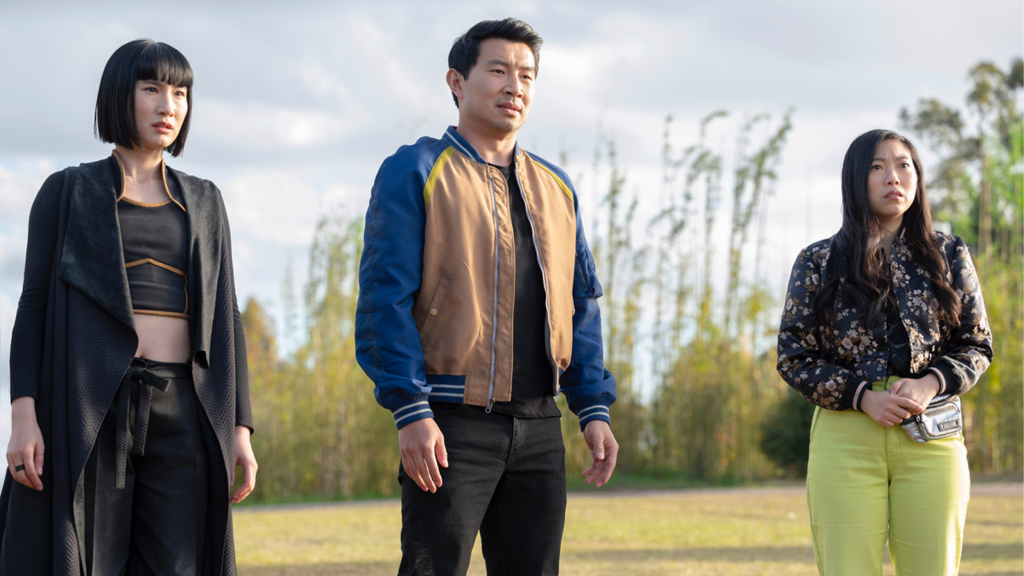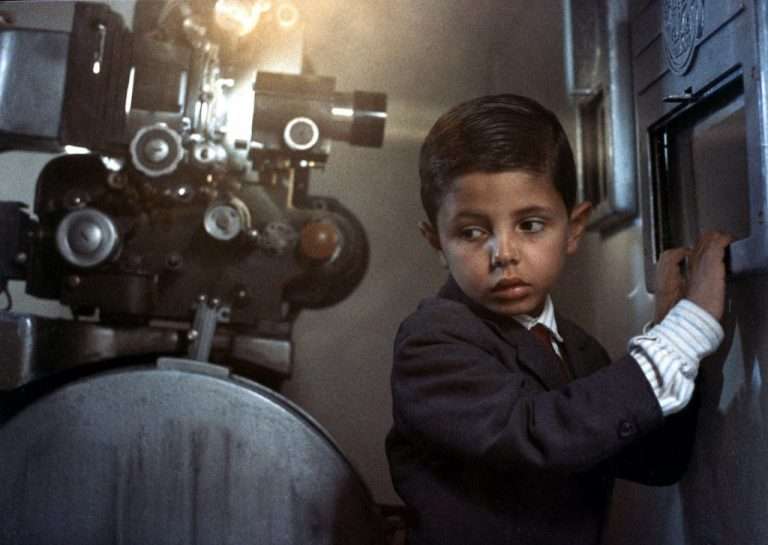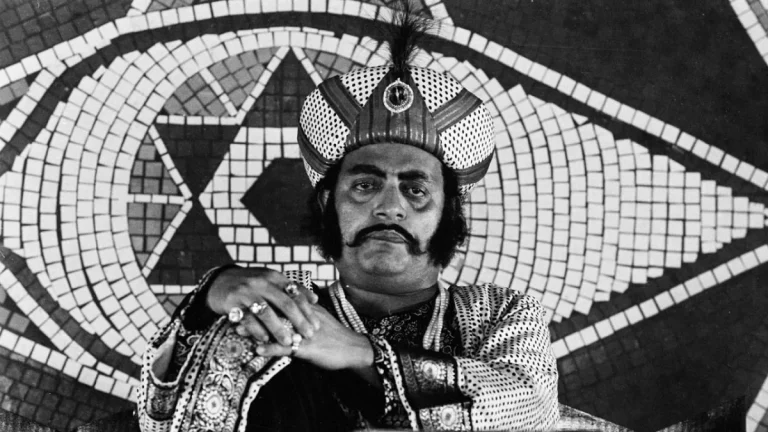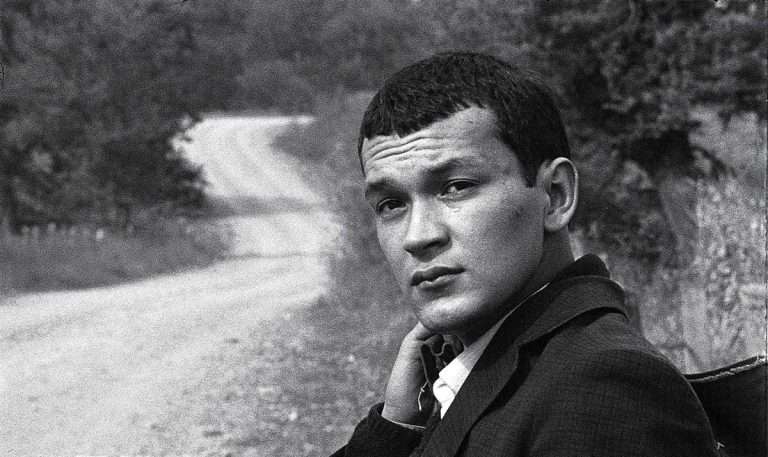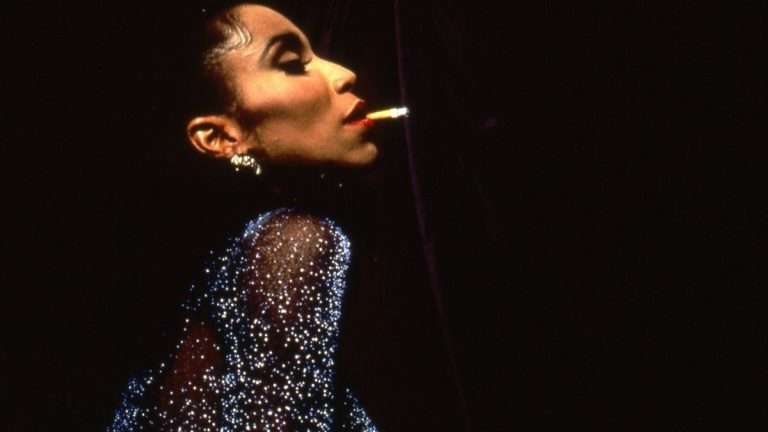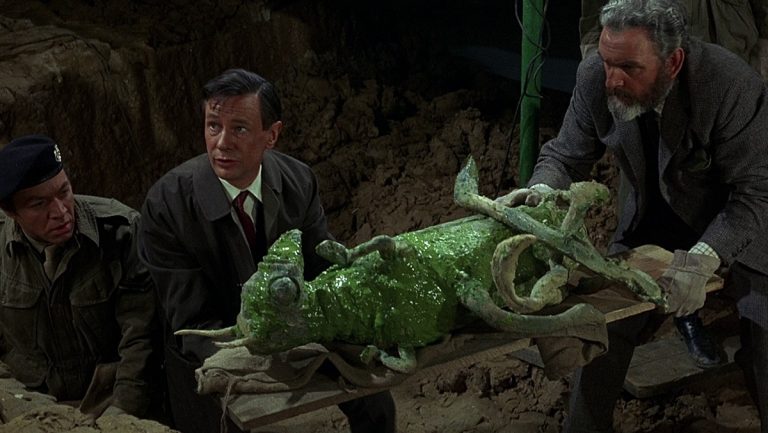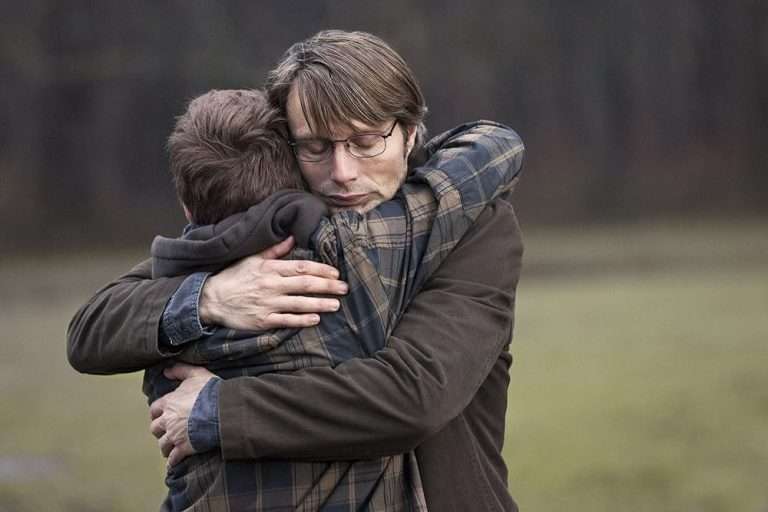A look back at Marvel Cinematic Universe (MCU) Phase 4: On April 26th, 2019, I had my greatest theatrical experience with “Avengers: Endgame.” I have had a healthy amount of blockbuster cinema experience since I was a child, but nothing could match that day’s euphoric, emotionally satisfactory feeling.
Zillions of Marvel/comic book movies (or what is famously called “theme park” by someone as celebrated as Martin Scorsese) fans, including myself, all around the world owe it to one person for having that same experience. Kevin Feige, The Marvel Studios president, took the reins back in 2007 and literally changed the course of comic book movies with his audacious but evident vision.
It didn’t happen overnight, of course. Even in 2013, when Marvel Cinematic Universe Phase 2 kicked off with the third Iron Man film, I remember the space for comic book movies inside my head being occupied by Zach Snyder’s “Man of Steel.” But things did change eventually. People started to get curious. Then curious enough to get involved. And invest their emotions.
The world started to believe in “The Avengers”; the original six at first and then the new ones as well. Mirroring what Nick Fury once famously said (“There was an idea..”), there was indeed an idea behind the screen. Feige’s idea, which materialized, united a whole world and reached its pinnacle in 2019 with the ending of Infinity Saga.
But then what?
After a while, that was the big question we started asking ourselves and each other. Was this the end? Or was there some more? Well, there was more, indeed. A lot more, in fact. There was no stopping Feige. Even Covid-19 could not do that. So, enter Marvel Phase 4.
Unfortunately, the outcome was not what Feige had hoped for. We anticipated it as well. The most content-heavy phase of Marvel Studio turned out to be, well, let’s say, a “failure.” Even though Angela Bassett won a prestigious Golden Globe (the first for any MCU actor) for Wakanda Forever, the euphoria of 2019 was missing. And people have started to lose interest.
As Steve Rogers said, “you gotta move on.” Feige is following the same, and we are about to be graced with MCU Phase 5, starting from February 2023. So this might be the right time to take a look back at Marvel Cinematic Universe (MCU) Phase 4 and analyze things in a bit more detail. Contrary to popular belief, I honestly don’t think it was all that horrible; at least, that’s what I think. I shall therefore highlight its “good” and “bad” in support of the same choice. Here we go.
Good: Not Clinging On to The Past
The first project that came out of the MCU after Phase 3 was a show that built its episode, mimicking the sitcoms of earlier decades, and of course, there was a twist. Nobody saw it coming, but the Disney Plus series “Wandavison” made it clear that things will not be the same anymore. MCU was not going to hold on to the same formula of following a narrative of clear good and bad where the bad gets defeated in the end.
Whatever the outcome may be, MCU continued to try newer ways of storytelling throughout Marvel Cinematic Universe (MCU) Phase 4. From putting the focus on issues like racism and political propaganda (The Falcon and the Winter Soldier) to introducing South Asian Superheroes and embracing their culture (Shang Chi, Ms. Marvel) to making an entire show about an alternative timeline (What if?), Marvel Studios has been audaciously courageous throughout Phase 4. These particular aspects deserve a substantial amount of appreciation.
In many aspects, Phase 4 felt like a new start. In fact, it’s why the comparison with Phase 3 is not exactly justified. But suppose you go back in time for a bit and think about Phase 1 (the start of the Infinity saga) and compare that with Phase-IV (which is the beginning of the Multiverse saga). In that case, Phase 4 emerges as a clear winner, even though the first phase ended with a large-scale banger, The Avenger (2012).
The current phase culminated with Black Panther: Wakanda Forever, a movie made on a small scale without all the superheroes coming in together. We will delve into the “bad,” which is more than the “good.” But I believe we have been way too harsh on the new phase, possibly because of our expectations set by the Infinity saga. Nevertheless, the only way to move ahead of the “impossible to match” Infinity saga is to do something very different, which is exactly what MCU has done in season 4.
Bad: Too Much Content And Too Many Characters
While the time span of Phase 4 is only about 23 months (From January 2021 to November 2022), the shortest yet, with seven movies, 8 Disney Plus shows, and 2 Disney Plus specials, the number of content reached a staggering 17, which is higher than any other phase.
Naturally, it was an overkill of content. Furthermore, to make matters even worse, most of this content featured new comic characters. Eternals had as many as twelve new important characters without fleshing out most of them into living & breathing characters. In comparison, Shang Chi introduced as many as eight new characters along with Benedict Wong’s character Wong and Ben Kingsley’s Trevor Slattery reprising their roles from the past. Although, Shang Chi had a much more cohesive narrative which made the new characters pretty much accessible to the audience.
Shows like Ms. Marvel, Moonknight, Hawkeye, and She-Hulk: Attorney of Law also brought in a flurry of new characters in the game. As you can expect, getting hold of all the different “multiverse”-related storylines while getting accustomed to an infinite number of new characters was not exactly an easy task for the audience.
The problem is most of these new characters are very important and integral parts of the multiverse saga, i.e., Phase 4. As of now, we are having trouble relating to them and being invested in their plight. Of course, everything can change in the next phase as similar examples are there already with Taika Waititi’s revival of Thor with Thor: Ragnarok (2017) as well as the Russo brothers making the original Avengers more humane and vulnerable in Avengers: Infinity War (2018) and Avengers: Endgame (2019).
Bad: Terrible structure
The Disney Plus shows followed two particular structures: either a six-episode season with 35-55 minutes episode length; or a 20-35 minute nine-episode season. Both of which proved to be faulty. Because of the six-episode structure, shows like Ms. Marvel and Moonknight took the time to properly flesh out characters and story arcs. Still, the later episodes (especially the finale of Moonknight) felt very constricted, and the rush to the finish line ultimately ruined all the good.
And as for the movies go, a similar two-hour runtime (only two increases the number of shows, which is a smart decision from a financial perspective) structure hampered most of them, most notably “Doctor Strange in the Multiverse of Madness,” which definitely needed at least two and half hours to tell a story properly.
The same problem was clearly visible in “Shang Chi and the Legend of the Ten Rings,” which would have been much better if it had taken more time to explore Tony Leung’s Wenwu, easily the best thing about the movie. And less said about the fourth installment of Thor (Love and Thunder) is better, which completely butchered Christian Bale’s character, ironically named Gorr the God Butcher, by giving him very little screen time.
Good: MCU goes Bold with Hiring Great Filmmakers
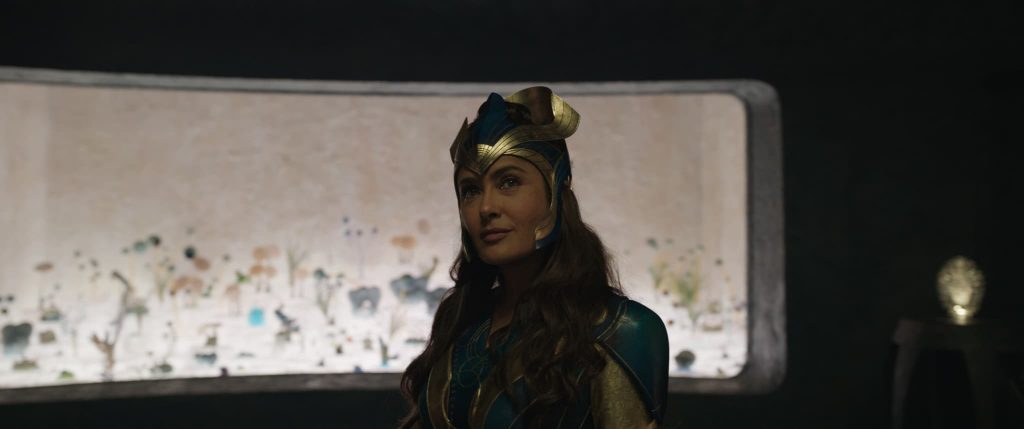
To kickstart the multiverse saga, Marvel recruited some of the most brilliant directors working today. Chloé Zhao, a brilliant Indie filmmaker with riveting works like “The Rider” and the Academy Award-winning “Nomadland,” was given the task of helming “Eternals,”; one of the most anticipated Phase-IV releases.
For the Black Widow origin film (which came a bit too late, though), Cate Shortland of “Berlin Syndrome” fame was brought in. “Short Term 12” and “Just Mercy” fame Destin Daniel Cretton was responsible for directing the first Shang Chi film. But the biggest hiring by Marvel had to be bringing in the legendary Sam Raimi to direct the sequel of Doctor Strange.
Along with Zhao, Raimi, and Shortland, the Oscar winner Taika Waititi, Ryan Coogler – who is already being touted as one of the best young directors of our time – and John Watts – who successfully helmed the first two Spiderman movies of the MCU trilogy – were all rehired by Feige to direct the next installments of their previous MCU films. Apparently, it came across as a good creative decision.
Bad: Lack of Creative Control
Eternals felt like a weird mash-up of Zhao’s signature style of grounded storytelling and MCU’s formulaic storytelling. This was very unfortunate as what seemed like a match made in heaven (speaking of Zhao and MCU) turned out to be such a disaster, and we can’t really blame Zhao for it.
Marvel Studios has a history of directors leaving due to creative differences. Edgar Wright, known for his sharply comical takes on the action genre, left Antman (2015) and the Peyton Reed-directed movie (and its sequel) both turned out to be decent enough but without any punch. We could ignore it because, in the end, all that mattered was the big finale, Avengers: Endgame.
However, in Phase 4, there was no longer any anticipation of an event like Endgame. That is why what happened with the Doctor Strange sequel was unforgivable. The movie that was built as the first proper horror from the MCU had Scott Derrickson, a prolific horror director (Sinister, Exorcism of Emily Rose and The Black Phone), at the helm of it. He ultimately left unable to make the movie he wanted.
We can assume that Derrickson wanted to go the full-on, scary horror way. Even though Feige denies it, Marvel Studios probably got cold feet and wanted to lighten things up to make it more kid-friendly. The movie still could have been something as Marvel brought the legendary Sam Raimi, another horror master, on board as a last-minute replacement. But that could not help the ship from sinking as Saimi also ended up making a movie that seemed like a bad mash-up of his own horror elements and the (really unnecessary) Marvel stamps.
It’s a really frustrating thing when creative freedom is taken away from directors. All is not lost, though; the final Phase 4 movie “Black Panther: Wakanda Forever” turned out to be much more coherent and, most essentially, director Ryan Coogler’s vehicle.
Bad: Building Hype and not Delivering
The Doctor Strange sequel was announced as the gateway to the multiverse and many large-scale things. But it was nothing more than a serviceable summer blockbuster with few great moments. In most of Phase 4, Marvel kept hyping things but failed to deliver in the end, be it Christian Bale’s character “Gore” in Love and Thunder or teasing so many fascinating things (sorry if we obsess over Mephisto) but ultimately giving us absolutely nothing.
Good: The Specials and the Spiderman
Having so much content on hand increases the likelihood of giving away some good stuff. That’s exactly what happened with the third Spider-Man movie, in which the Marvel Cinematic Universe went all-out nostalgic and brought back all the Spider-Man villains from the previous two trilogies along with Tobey Maguire and Andrew Garfield as Peter Parker/Spider-Man, making the movie a riot in the theatre. Honestly, this is the reason we hold on to comic book movies. Despite all the shortcomings of Phase 4, due credit has to be given.
Another thing that worked out was the two Disney Plus specials. While the Doctor Strange sequel failed to be the horror gateway of the MCU, “Werewolf by Night” came out of nowhere and actually opened the door, thanks to its seamless blending of retro horror style and hyper-stylized modern-day action choreography. . And James Gunn’s delightful “Guardian of the Galaxy: Christmas Special” seemed like a nice dessert after a not-so-great dinner that was Phase 4.
Bad: Relying A Lot On The Loyalty Of Fans
At times, it appeared that Feige and the top-level Marvel executives believed that the fans would eat up whatever they threw at them. That is the worst possible thing to do, for which they had to pay, and exactly that is what happened. It was too much to take. And the audacity to do such a thing at a time when blockbuster filmmaking reached new heights with the likes of “Top Gun: Maverick” and James Cameron’s “Avatar” sequel was simultaneously blasphemous and laughable.
And lastly, what can we expect from Marvel Cinematic Universe (MCU) Phase 5:
There are several good things, actually. To begin with, there is less content than in Phase 4. Instead of introducing new characters, they are bringing back most of those from the previous phase. And, if Marvel Cinematic Universe (MCU) Phase 4 taught them anything, the new directors will be given free rein over their visions. However, the change in director for the Blade film appears to be another dark cloud on the horizon.
But we can only hope. With the Antman and Guardian of the Galaxy saga ending, we expect them to go with a bang. Especially the latter seems really grand from the trailer, and given the last dance of James Gunn, now the boss of DC, it will be something spectacular. We are still unsure about the Disney Plus series, which will follow the same six/nine episode format. But then again, some smart writing and proper editing can do wonders. You never know.
Let us be cautiously optimistic and see how things pan out. I wish I could sign off with something more exciting than that, but this is what it is.

